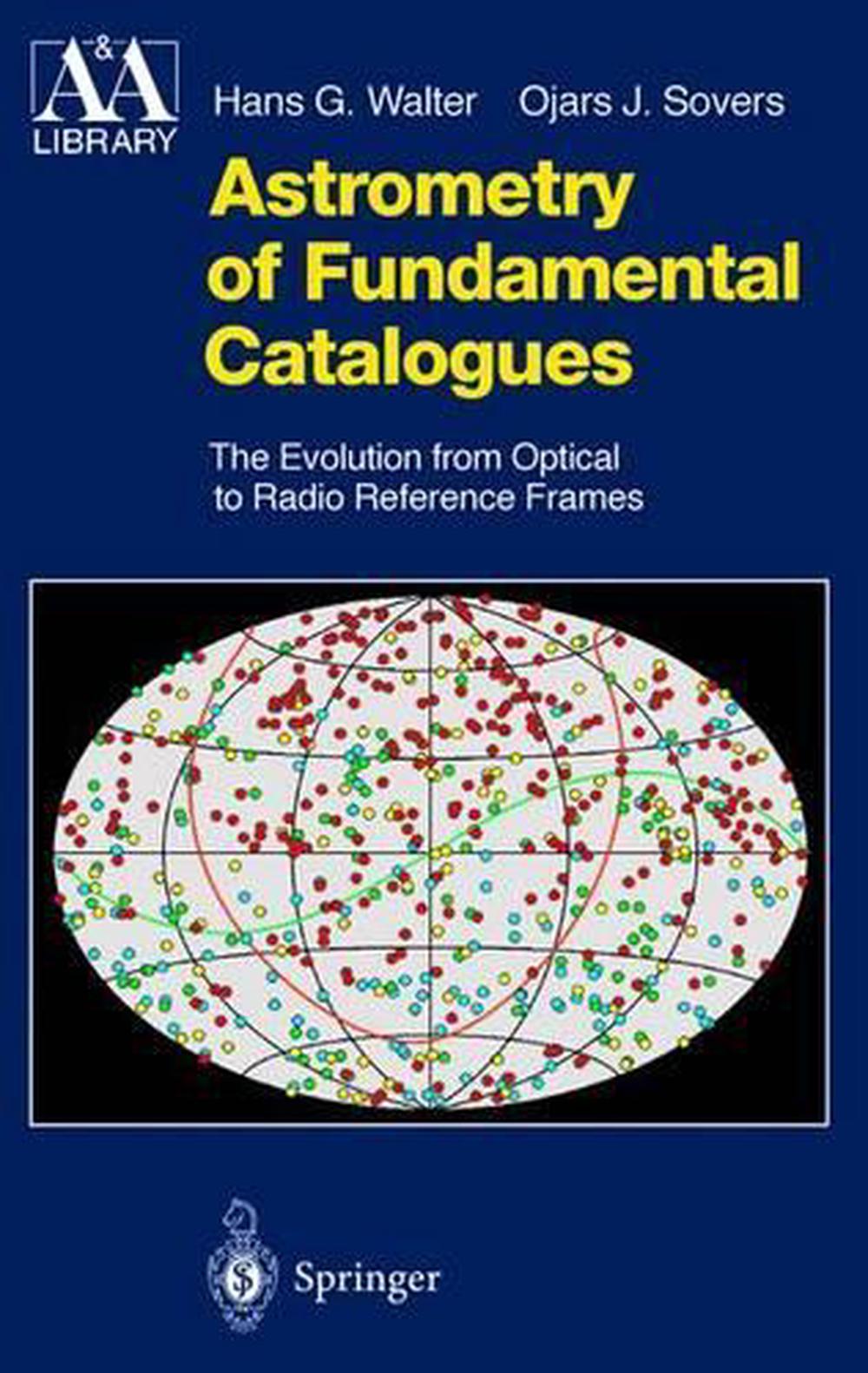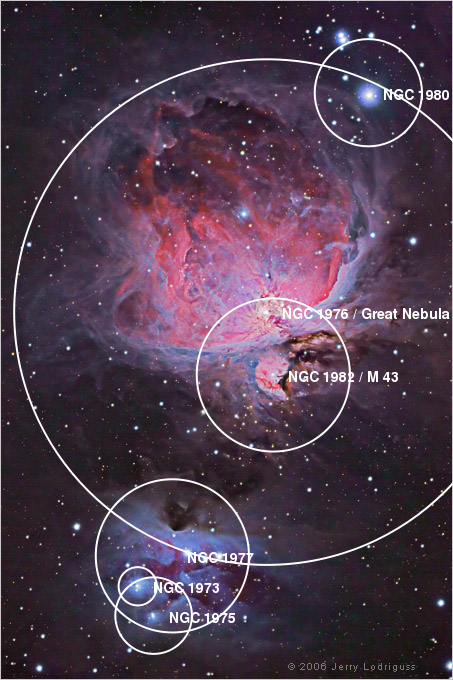
ML is the process in which a machine (computer) autonomously learns to identify patterns to make classifications or predictions without having been expressly programmed to do so. Within AI, the branch of machine learning (ML) has been of extraordinary interest in the astronomical/astrophysical field. One of these methods is the use of artificial intelligence (AI), which, together with data mining, allows researchers to discern patterns in the data and thus model, classify or predict the behavior of astronomical phenomena and objects (Ball & Brunner, 2010 Borne, 2009 Graham et al., 2013 Ivezic et al., 2014 Wang et al., 2018).

This has resulted in extraordinarily large datasets (currently approaching the exabyte scale) that are necessitating new methods of analysis to facilitate scientific discovery (Fayyad et al., 1996), giving rise to the era of so-called Big Data (Brunner et al., 2002 Feigelson & Babu, 2012 Khalil et al., 2019 Zhang & Zhao, 2015). Thanks to advances in optical and computer technology, there has been a dramatic growth in the observational and computational aspects of astronomy and astrophysics over the last two decades. Regardless of whether these are obtained through telescopes, particle detectors, or numerical simulations, they are processed in a way that allows scientific knowledge about the universe to be acquired.
ASTRONOMICAL APPLICATIONS OF ASTROMETRY SOFTWARE
The VOSviewer software and data from the Web of Science (WoS) are used to elucidate the evolution of publications in this research field, their distribution by country (including co-authorship), the most relevant topics addressed, and the most cited elements and most significant co-citations according to publication source and authorship.

In this article, a text-mining-based scientometric analysis of scientific documents published over the last three decades on the application of AI and ML in the fields of astronomy and astrophysics is presented. Therefore, the increasingly abundant articles make it difficult to monitor this field in terms of which research topics are the most prolific or novel, or which countries or authors are leading them. Parallel to the exponential development of the aforementioned techniques, the scientific output related to the application of AI and machine learning (ML) in astronomy and astrophysics has also experienced considerable growth in recent years. In order to process this vast quantity of information, artificial intelligence (AI) techniques are being combined with data mining to detect patterns with the aim of modeling, classifying or predicting the behavior of certain astronomical phenomena or objects.

Since the beginning of the 21st century, the fields of astronomy and astrophysics have experienced significant growth at observational and computational levels, leading to the acquisition of increasingly huge volumes of data. José-Víctor Rodríguez, Universidad Politécnica de Cartagena, Departamento de Tecnologías de la Información y las Comunicaciones, E30202, Cartagena, Spain and Universidad de Granada, Departamento de Física Teórica y del Cosmos, E18071, Granada, Spain.Įmail: Conceptualization (lead), Data curation (lead), Formal analysis (lead), Funding acquisition (equal), Investigation (lead), Methodology (equal), Project administration (equal), Resources (lead), Software (equal), Supervision (equal), Validation (equal), Visualization (equal), Writing - original draft (lead), Writing - review & editing (lead) Search for more papers by this author Ignacio Rodríguez-Rodríguez ,

Departamento de Tecnologías de la Información y las Comunicaciones, Universidad Politécnica de Cartagena, Cartagena, Spainĭepartamento de Física Teórica y del Cosmos, Universidad de Granada, Granada, Spain


 0 kommentar(er)
0 kommentar(er)
